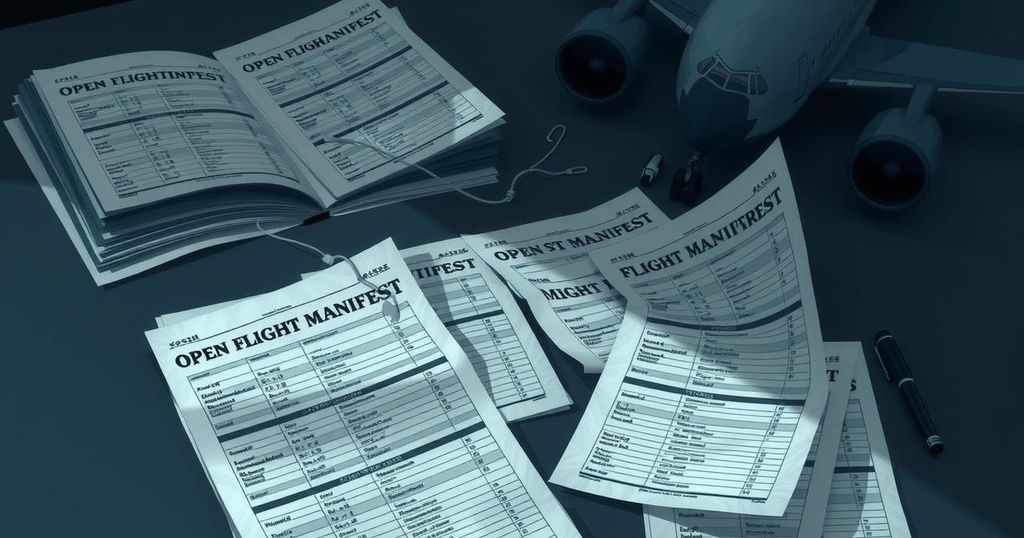World news
AFRICA, ASHBURTON, AUSTRALIA, AUSTRALIAN RADIATION PROTECTION AND NUCLEAR SAFETY AGENCY, CAM MCGURK, CLIMATE, CLIMATE CHANGE, CUBA, EDITH COWAN UNIVERSITY, ENVIRONMENTAL IMPACT, GHANA, MADISON WILLIAMS - HOFFMAN, MARSHALL ISLANDS, MCGURK, MONTEBELLO ISLANDS, NATURAL DISASTERS, NATURE, NORTH AMERICA, OCEANIA, PERTH, SCIENCE, UNIVERSITY, WA, WILLIAMS - HOFFMAN
Jamal Robinson
0 Comments
Scientists Chart Radiation at WA Nuclear Blast Site 70 Years On
- Plutonium levels found at Montebello Islands are 4,500 times higher than WA’s coast.
- The research cautions about potential radiation risks for fishing and boating activities.
- Scientists discovered sediment contamination comparable to areas like the Marshall Islands.
- Radiation has spread due to past nuclear explosions and environmental factors.
- Current management practices are in place, but expose limitations for better risk awareness.
Worrisome Radiation Findings at Montebello Islands
A recent study has revealed concerns about the levels of radiation present at the Montebello Islands, which were previously the site of British nuclear weapons testing conducted between 1952 and 1956. In fact, researchers from Edith Cowan University have discovered that marine sediment off the coast contains plutonium levels up to 4,500 times higher than those found along the rest of Western Australia’s coast. This shocking finding puts the islands’ contamination levels on par with places like the Marshall Islands, known for extensive nuclear testing, raising alarms about the potential radiation risks for locals and visitors alike.
Radiation Mechanics and Environmental Factors
Lead researcher Madison Williams-Hoffman articulated that two main mechanisms have contributed to the ongoing spread of radiation across the islands. The first relates to the initial dust and debris from the nuclear detonations, which were influenced by wind patterns at the time of the tests. The second factor involves the natural processes of tidal movement and severe weather events, which have played a role in redistributing residual plutonium over decades. Notably, Ms. Williams-Hoffman pointed out that radiation levels on the islands might be surprising given that their cumulative nuclear impact was significantly lower than other affected areas. It raises questions about environmental factors at play and how they may lead to prolonged radioactivity in the sediment.
Managing the Radiation Challenge at Montebello Islands
Mr. Tim Hunt, a marine program coordinator with WA Parks and Wildlife, conveyed that managing the radiation risk on the Montebello Islands is a complex challenge. Although he admits a lack of expertise in the area of radiation, his team’s current understanding suggests that visitors are exposed to minimal risk. Authorities recommend limiting time spent on the islands to one hour per day and avoiding interaction with the soil or any historical items. The ongoing research by Williams-Hoffman and her team is crucial in mapping the radiation status of these islands to facilitate better management and protection for both wildlife and recreational users. The hope is that this study will serve as a foundational step toward deeper examinations of the long-term consequences of past nuclear activities in Australia.
The recent findings concerning the Montebello Islands highlight deep concerns about radiation levels resulting from historical nuclear tests. With radiation levels found to be significantly elevated, the study urges for more cautious visitation and monitoring. The impact of these findings leaves both local residents and authorities grappling with the complicated legacy of nuclear testing and its ongoing repercussions.




Post Comment